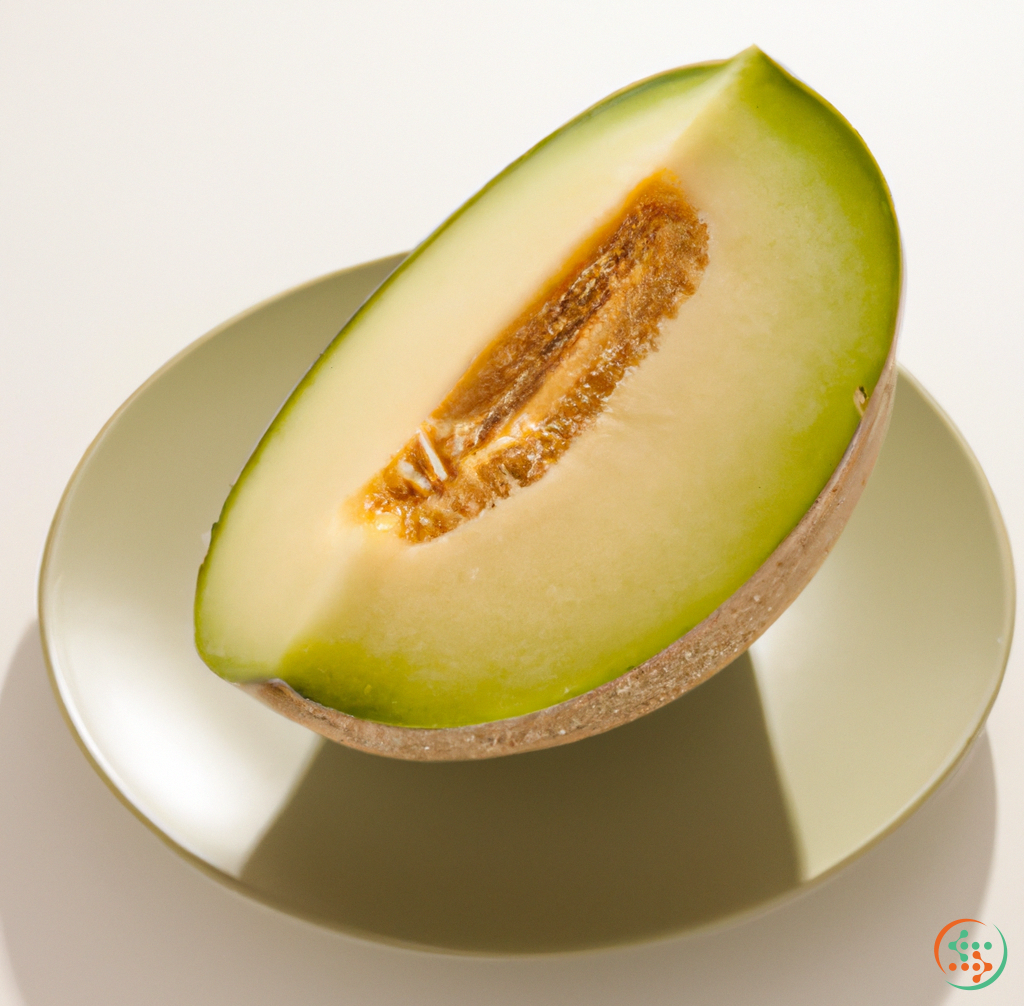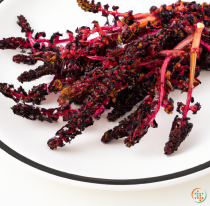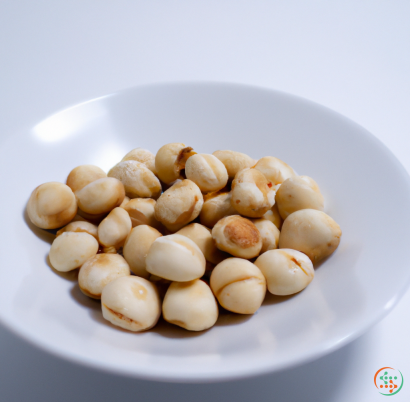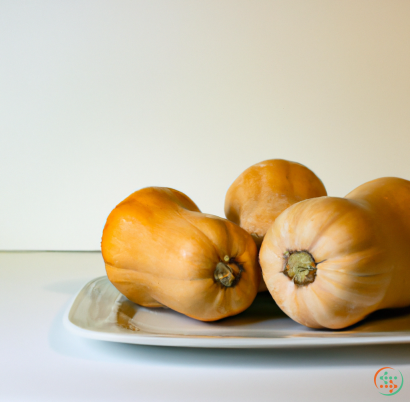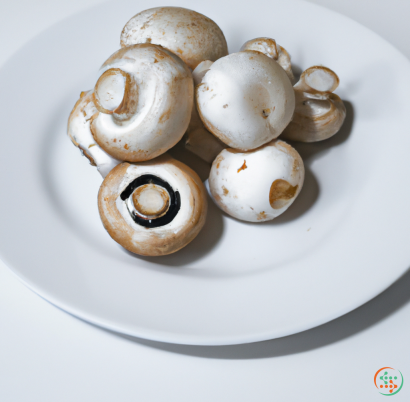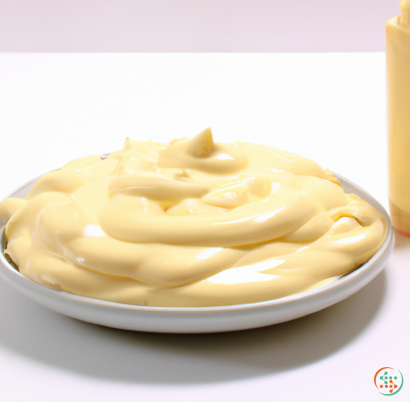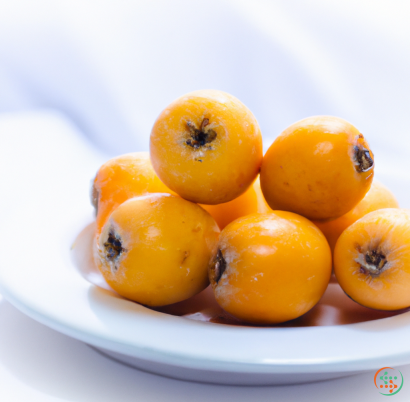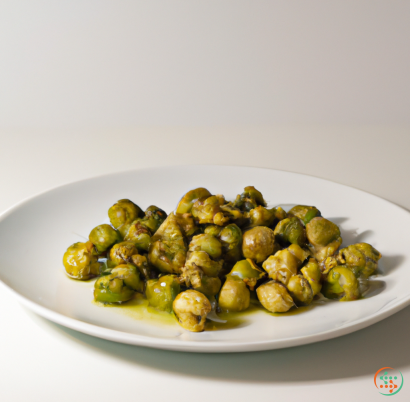Honeydew Melon
Honeydew Melons: A Sweet and Refreshing Summer Treat
It’s summertime and nothing quite says welcome to the season like a hefty and fragrant honeydew melon. For many, this sweet, juicy, and refreshing fruit signals the start of backyard BBQs, beach days and outdoor fun. But while many of us enjoy eating honeydews, not everyone knows just what they are and how to pick the perfect melon.
So, what is a honeydew? Also known as white melon or honeydew melon – this succulent fruit is believed to originate from the Cucumis melo plant. It is one of the popular types of melon found in many grocery stores throughout the world and belongs to the same family of cantaloupes, muskmelons, and watermelons.
When it comes to picking the perfect melon from the store shelves, there are a few things you should look for. The exterior of honeydew should be free of blemishes or bruises and have a creamy yellow-green color. You may notice some lighter or darker spots on the melon but these don’t affect the quality or flavor. If possible, check the bottom of the melon for a white, waxy coating – this indicates the melon was harvested at its sweetest peak.
If you’re feeling up to the challenge, there is also a tap test you can perform to gauge the freshness of your melon. Knock your knuckles on the exterior of the melon and listen for a dull thud. If the sound is hollow and rings back clearly, chances are the honeydew is not quite ready to be eaten – it probably has a few days left until it’s ripe.
No matter if the melon you pick is underripe or ready to eat, the next step is to cut it open. Take a large, sharp knife and slice the melon from top to bottom. Peel off the skin of the honeydew and then cut it into wedges. To prevent any discoloration, you can spritz the cut surfaces of the melon with a bit of lemon juice.
The inside of ripe honeydew is creamy in color and rich in flavor. It has a sweet, mild taste that tastes reminiscent of cantaloupe. However, the skin of honeydews is too tough to eat. So, discard the exterior and enjoy the seedy and juicy pulp. The melon can be eaten on its own, added to salads, or enjoyed with a refreshing salad dressing. You can also cube up the flesh and freeze it to create a cool icy treat.
Now that you know a little bit more about this juicy and sweet-tasting melon, why don’t you enjoy some as part of your summer festivities? After all, what’s better for the season than an icy cold and delicious bowl of honeydew?
Introducing The Journey of A Honeydew Melon
Just as there are many stages involved in getting a honeydew melon from a field to a dinner plate, interesting science accompanies each step of the way. By highlighting the planting, growth, harvesting, and transportation methods that bring the juicy, sun-ripened melon to its intended destination, one can marvel at the complexities and wonders of this amazing fruit.
From Seed to Sprout: Planting the Honeydew
The journey of a honeydew melon—or any melon, for that matter—begins with a seed. These seeds could either come from saved seeds collected from previous melon harvests or they can also be sourced from commercial seed companies, each with different types of varieties. After acquiring the appropriate seed, the planter must prepare the field and soil for the impending planting season.
Soil preparation for honeydew melons involves both traditional and modern technologies. The land should be plowed to soften the soil and strigging a blade through the ground creates a loose and aerated soil space for the growing melon (Livingston & Harrison, 2019). This traditional method can be combined with modern agriculture equipment, such as a planter or seed drill, which accurately distributes the seeds at a consistent depth to allow for even germination or sprouting. A planter may also be part of the soil preparation process to protect the seed from being exposed too long on the surface or washing away due to rain (Livingston & Harrison, 2019). A seed cover, made of plastic mesh or paper, may then be used to protect the seeds so animals have difficulty accessing them. With the prepped field and secure seeds, the planter then waits for their crop to sprout.
Growth and Harvesting of Honeydew
Once planted, honeydew melons require various environmental conditions to grow optimally. Honeydew melons are sensitive to temperature and extreme climatic events. They are adapted best to warm climates and do not thrive in cold climates where temperatures can drop below 25°F (Fairfield & Shroeder, 2018). The warm air and temperatures provide the necessary humidity along with adequate rain—or irrigation—for the melon to grow properly. Another important factor for honeydew growth is full sun exposure, allowing for at least eight hours of direct sunlight.
When it’s time for harvesting, the farmer has a few methods for confirming ripeness. First, the farmer should always inspect the vine for ripeness, taking note of any fading coloring, softness, or wilting of foliage. Second, a farmer can also use a sensing device to test for sugar levels, as a higher sugar content means a sweeter, riper melon (Fairfield & Shroeder, 2018).
In the traditional harvesting method, which is still used today, a farmer will typically harvest the melon using their hands to pick the ripe fruit. The second and somewhat newer method is known as “u-pick” or “hand-picking”, where the customer or patron will choose the melon themselves, allowing them to choose a ripe, succulent fruit straight from the vine.
Transporting Honeydew from Field to Plate
Once honeydew are harvested, the next step is transporting the melons to its final destination, such as a supermarket or restaurant. The type of transportation depends on many factors, such as distance, safety, cost, and urgency. For example, a local business may choose to transport their melons using trucks, while an international business may opt to utilize airplanes or ships.
Regardless of the transportation method, there are various ways to keep the honeydews safe and fresh during transportation. When using trucks, the melons should be packed in well insulated boxes to prevent rapid changes in temperature and excessive movement. To protect against bruising, the melons should be layered in protective materials like cushioning pellets and bags (Aguiar et al., 2020). Additionally, a “controlled atmosphere” chamber can be used to preserve the honeydew during transportation by controlling the temperature, oxygen, and carbon dioxide levels around the melon.
In addition to temperature, the storage conditions for honeydew can also affect its ripeness. Honeydews stored at room temperature will ripen faster than those stored in lower temperatures. For example, a honeydew stored at 65°F or 18°C should be consumed within 4-7 days, whereas a honeydew stored at a lower temperature of 45°F or 7°C can last up to 3 weeks (Gouesbet & Voilley, 2019). This range of temperature also applies to customers looking to purchase a ripe honeydew, as the honeydews ripen at different rates depending on the temperature they are stored in.
Reaching Its Destination: The Honeydew’s Final Endeavor
Once the honeydews have been transported to their intended locations, they are inspected and sorted by quality, price and size. Honeydews deemed perfect for consumption are placed in refrigerators in order to slow down the ripening process and are then ready to be sold to customers.
Once the honeydew is chosen, the final stage of its journey has begun and all that’s left is for it to be enjoyed! Honeydews, once cut, should be consumed within four days to ensure maximum freshness (Reyes-García et al., 2018). Cut honeydews can also be sealed into plastic storage bags and stored in the refrigerator for up to two weeks (Gouesbet & Voilley, 2019).
The Serve Delicious Honeydew Concludes
To recap, honeydews go through a comprehensive journey from plant to plate. From preparing the land and selecting the appropriate seeds to transporting and storing the melons, science plays a major role in making sure that the honeydews are ripe and delicious. As evidenced, there are many different stages and considerations that lead to a sweet and succulent honeydew reaching its destination.
| Vitamin A | 0.003 mg | |
| Beta-Carotene | 0.03 mg | |
| Vitamin E | 0.02 mg | |
| Vitamin K | 0.0029 mg | |
| Vitamin C | 0.018 grams | |
| Vitamin B1 | 0.04 mg | |
| Vitamin B2 | 0.01 mg | |
| Vitamin B3 | 0.42 mg | |
| Vitamin B4 | 0.0076 grams | |
| Vitamin B5 | 0.16 mg | |
| Vitamin B6 | 0.09 mg | |
| Vitamin B9 | 0.019 mg |
| Calcium | 0.006 grams |
Daily Value 1.3 g
|
| Iron | 0.17 mg |
Daily Value 0.018 g
|
| Magnesium | 0.01 grams |
Daily Value 0.4 g
|
| Phosphorus | 0.011 grams |
Daily Value 1.25 g
|
| Potassium | 0.228 grams |
Daily Value 4.7 g
|
| Sodium | 0.018 grams |
Daily Value 2.3 g
|
| Zinc | 0.09 mg |
Daily Value 0.011 g
|
| Copper | 0.02 mg |
Daily Value 0.9 mg
|
| Manganese | 0.03 mg |
Daily Value 0.0023 g
|
| Selenium | 0.7 ug |
Daily Value 0.055 mg
|
| Tryptophan | 0.005 grams | |
| Threonine | 0.013 grams | |
| Isoleucine | 0.013 grams | |
| Leucine | 0.016 grams | |
| Lysine | 0.018 grams | |
| Methionine | 0.005 grams | |
| Cystine | 0.005 grams | |
| Phenylalanine | 0.015 grams | |
| Tyrosine | 0.01 grams | |
| Valine | 0.018 grams | |
| Arginine | 0.014 grams | |
| Histidine | 0.005 grams | |
| Alanine | 0.044 grams | |
| Aspartic Acid | 0.088 grams | |
| Glutamic Acid | 0.153 grams | |
| Glycine | 0.016 grams | |
| Proline | 0.012 grams | |
| Serine | 0.023 grams |
| Glucose | 2.68 grams |
|
| Fructose | 2.96 grams |
|
| Sucrose | 2.48 grams |
|
| Total Sugars | 8.1 grams |
per 100g
|
| Palmitic acid (16:0) | 0.03 grams |
|
| Total Saturated fatty acids: | 0.03 g | |
| Linolenic acid (18:3) | 0.03 grams |
|
| Linoleic acid (18:2) | 0.03 grams |
|
| Total Polyunsaturated fatty acids: | 0.06 g | |
